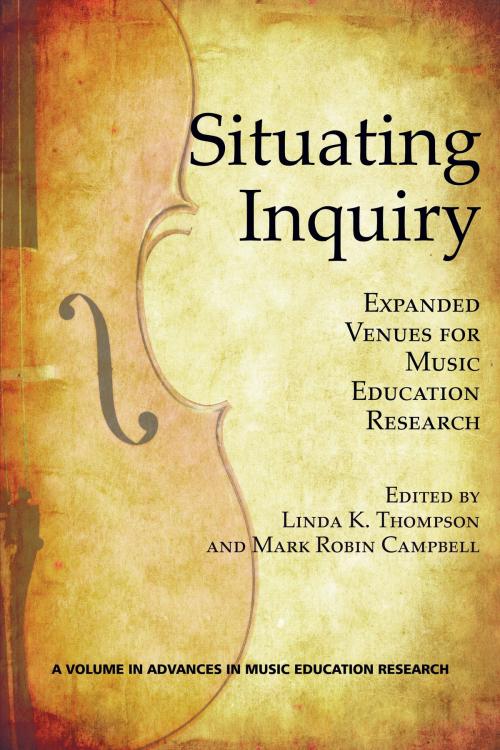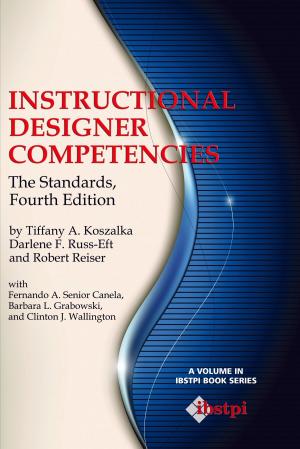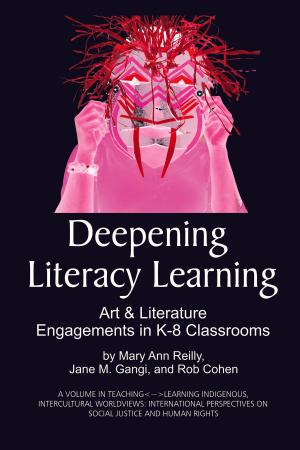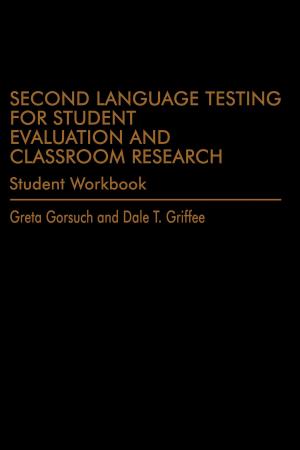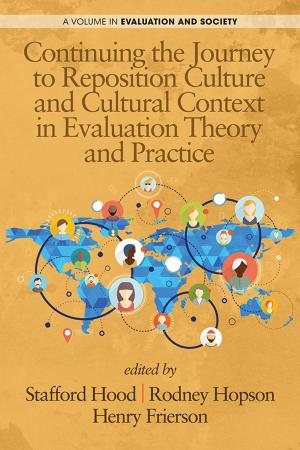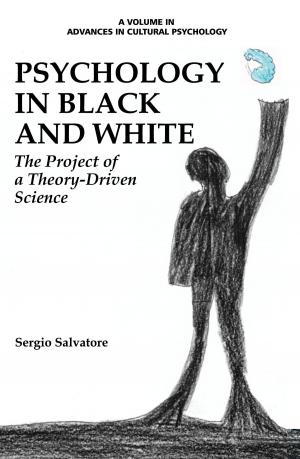Situating Inquiry
Expanded Venues for Music Education Research
Nonfiction, Reference & Language, Education & Teaching, Higher Education, Entertainment, Music, Instruments & Instruction, Instruction & Study, Theory & Criticism| Author: | ISBN: | 9781617358975 | |
| Publisher: | Information Age Publishing | Publication: | January 1, 2013 |
| Imprint: | Information Age Publishing | Language: | English |
| Author: | |
| ISBN: | 9781617358975 |
| Publisher: | Information Age Publishing |
| Publication: | January 1, 2013 |
| Imprint: | Information Age Publishing |
| Language: | English |
This volume of Advances in Music Education Research with the idea of research as “situated inquiry.” We intend this metaphor to stand for a general description of the contextualized processes music education researchers use to frame, generate, augment and refine knowledge. The works in this volume illustrate the many ways in which knowledge has been constructed out of multiple approaches to studying an idea or exploring questions. All seek to expand our knowledge of music education in some form. How we go about engaging in knowledge construction, and what we learn from the different processes involved, is a function of the activities, contexts, and cultures in which our work is “situated.” Both knowledge and action is “located,” that is, research is placed, positioned or embedded (Lave & Wenger, 1990). Each study illustrates these ideas: All are informed by different theoretical frameworks, use different pathways to explore problems of interest and concern, and have something important to say to different constituencies or stakeholders. All, however, are the result of perceived phenomena or human interpretations of a context. Situated inquiry is neither a quantitative nor qualitative approach to research, nor is it a “mixedmethods” approach. Rather, situated inquiry is a function of the beliefs and behaviors of the individuals involved in it. It is also a function (and outcome) of the individuals who seek to join a community of practitioners who practice and engage in research. Although the authors in this volume identify with or have selfselected to employ specific kinds of approaches, they exemplify their communities of practices by the very discourses and structures of their reports. Active perception, however, remains central to their inquiry and to the way they frame, generate, augment and refine knowledge.
This volume of Advances in Music Education Research with the idea of research as “situated inquiry.” We intend this metaphor to stand for a general description of the contextualized processes music education researchers use to frame, generate, augment and refine knowledge. The works in this volume illustrate the many ways in which knowledge has been constructed out of multiple approaches to studying an idea or exploring questions. All seek to expand our knowledge of music education in some form. How we go about engaging in knowledge construction, and what we learn from the different processes involved, is a function of the activities, contexts, and cultures in which our work is “situated.” Both knowledge and action is “located,” that is, research is placed, positioned or embedded (Lave & Wenger, 1990). Each study illustrates these ideas: All are informed by different theoretical frameworks, use different pathways to explore problems of interest and concern, and have something important to say to different constituencies or stakeholders. All, however, are the result of perceived phenomena or human interpretations of a context. Situated inquiry is neither a quantitative nor qualitative approach to research, nor is it a “mixedmethods” approach. Rather, situated inquiry is a function of the beliefs and behaviors of the individuals involved in it. It is also a function (and outcome) of the individuals who seek to join a community of practitioners who practice and engage in research. Although the authors in this volume identify with or have selfselected to employ specific kinds of approaches, they exemplify their communities of practices by the very discourses and structures of their reports. Active perception, however, remains central to their inquiry and to the way they frame, generate, augment and refine knowledge.
